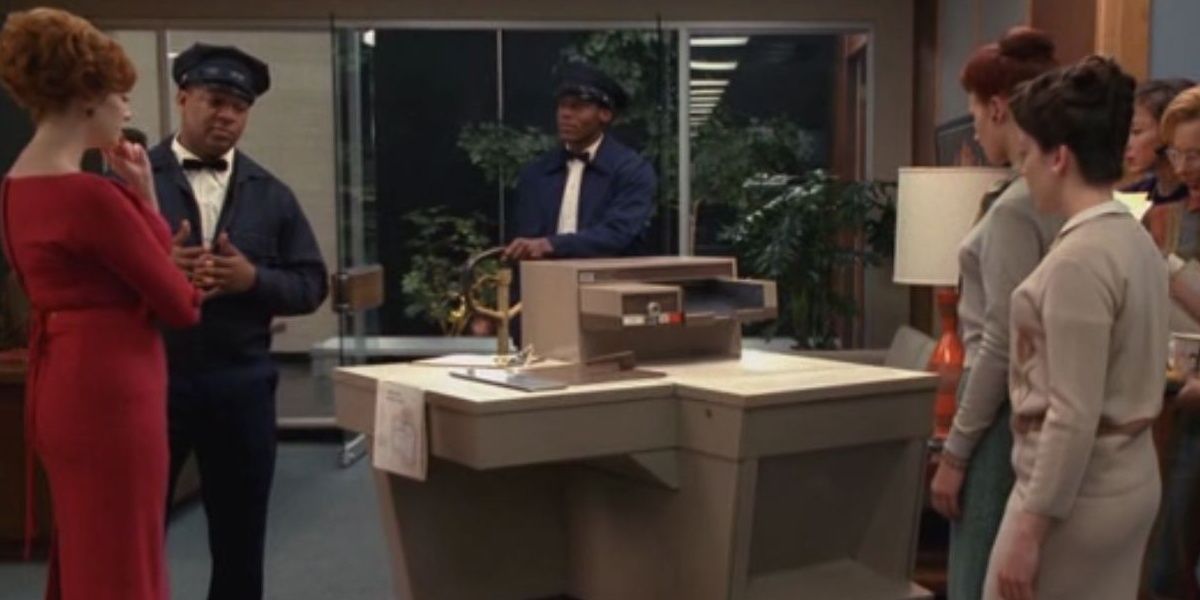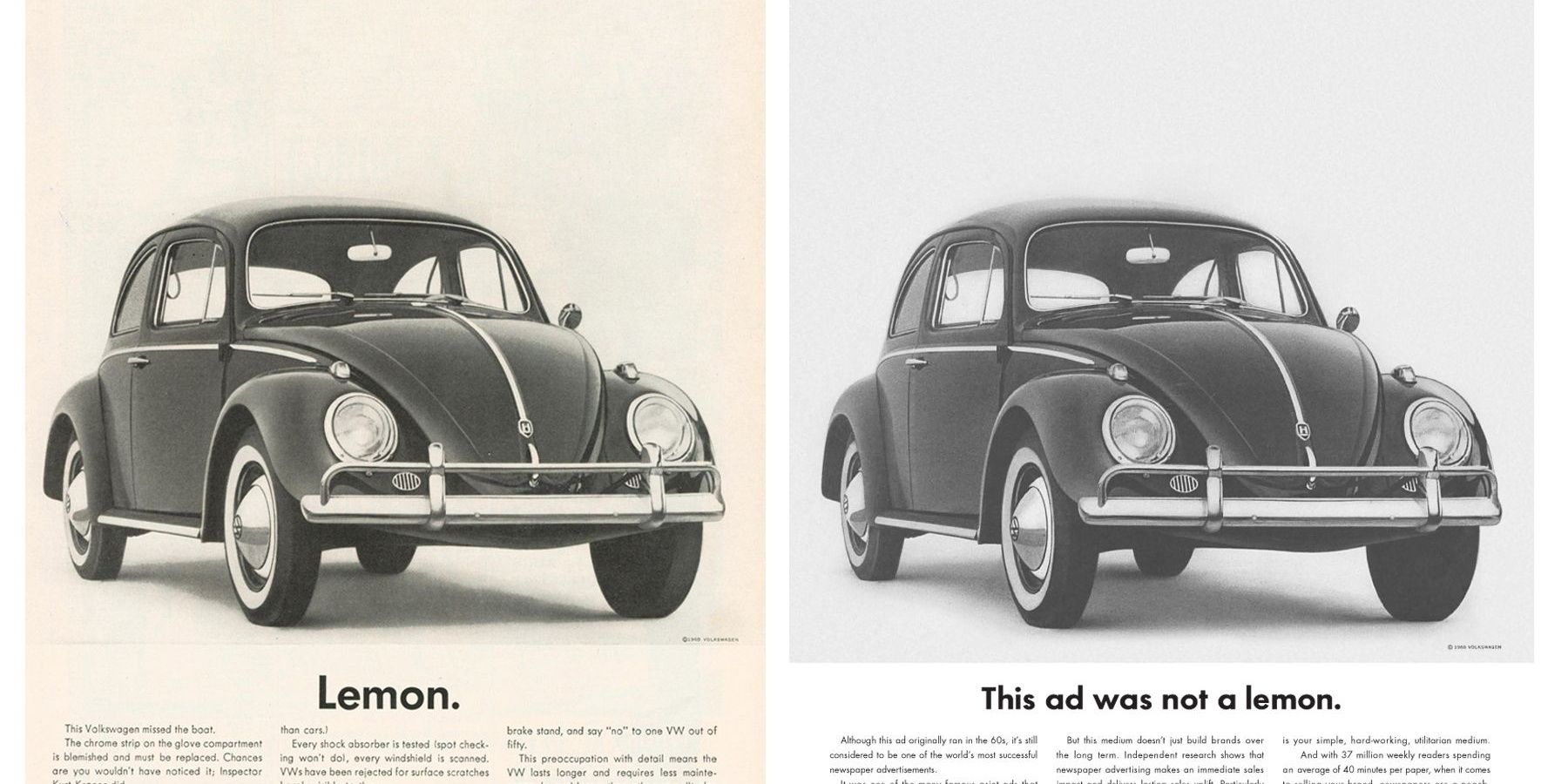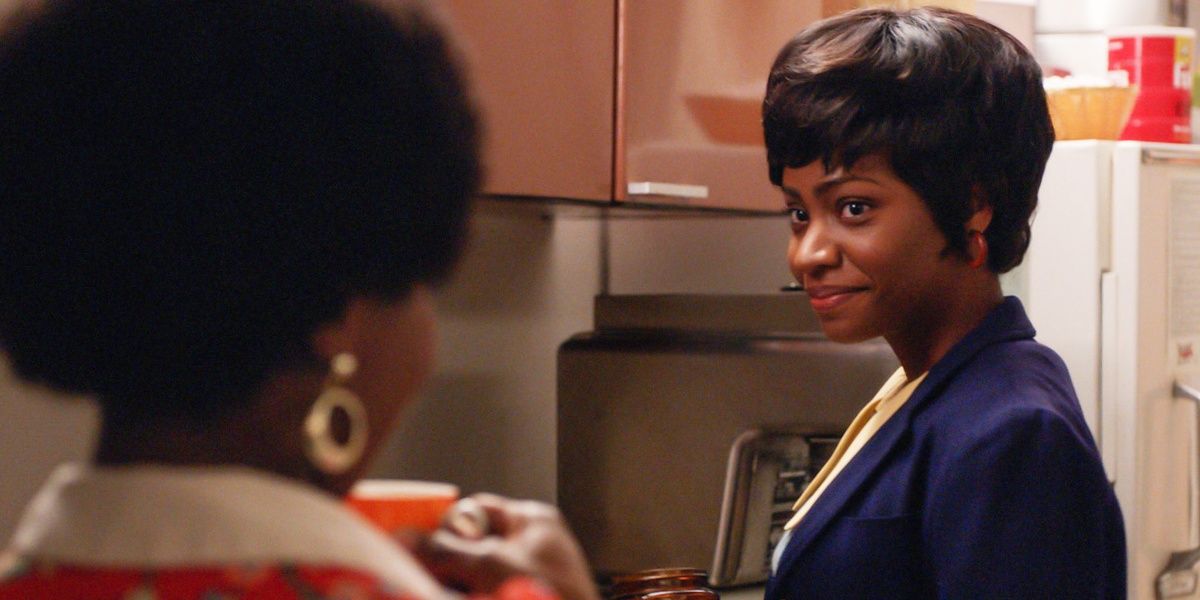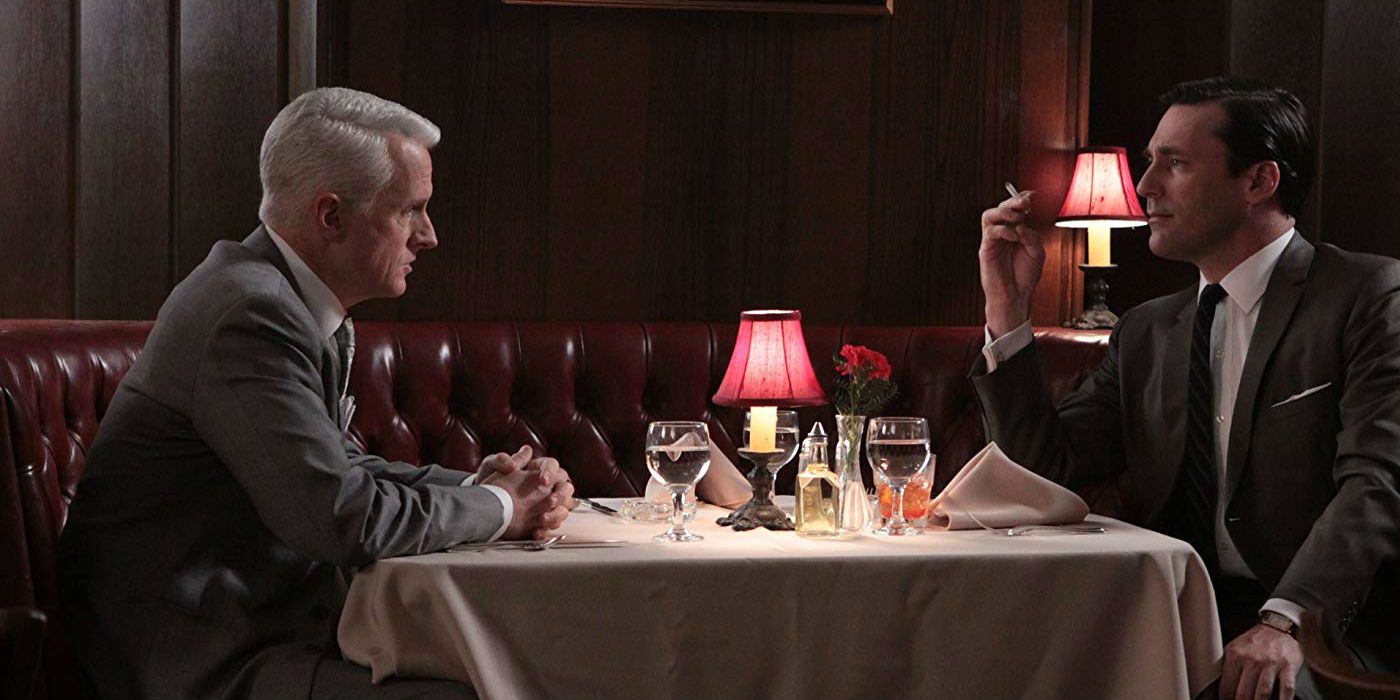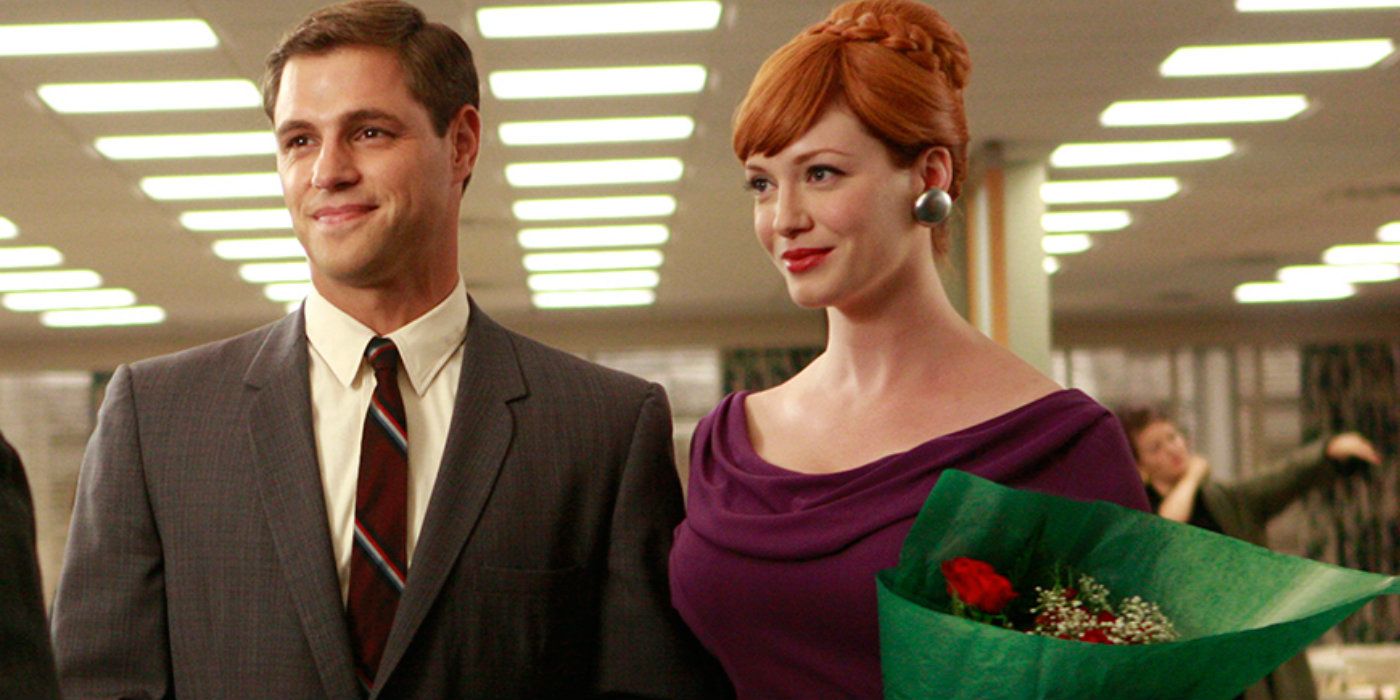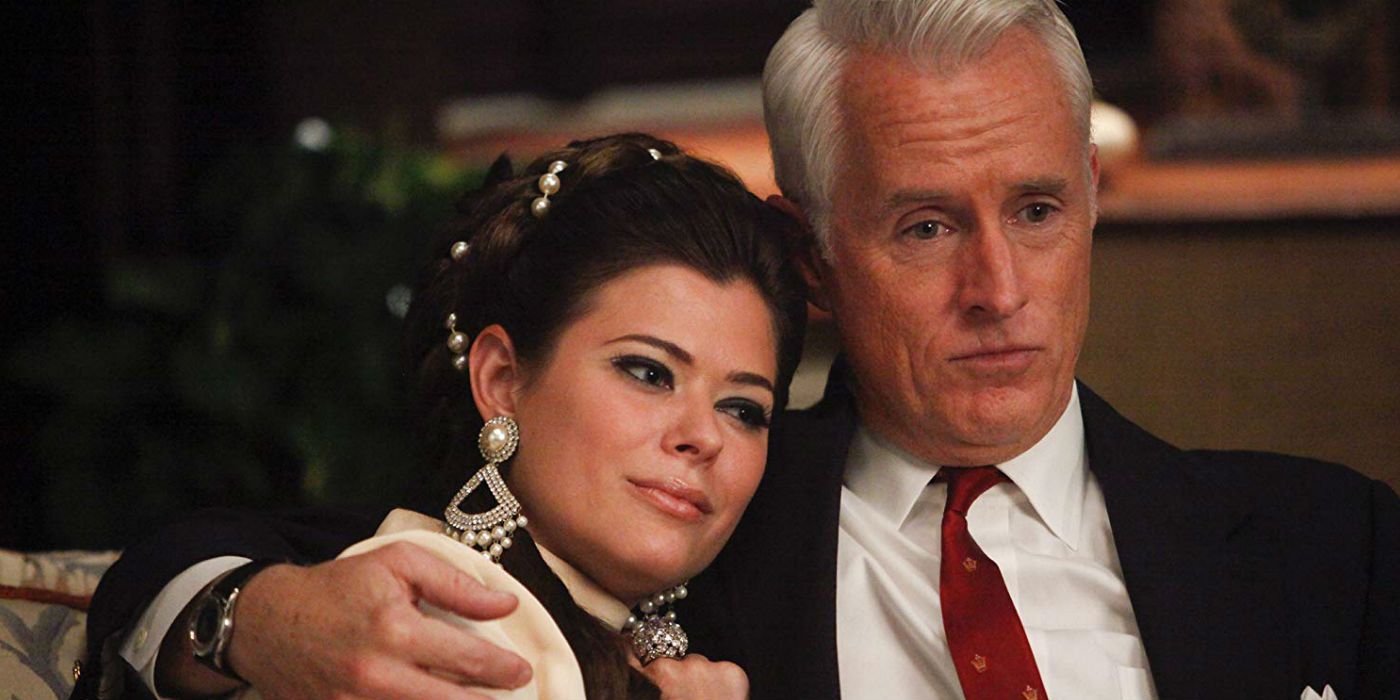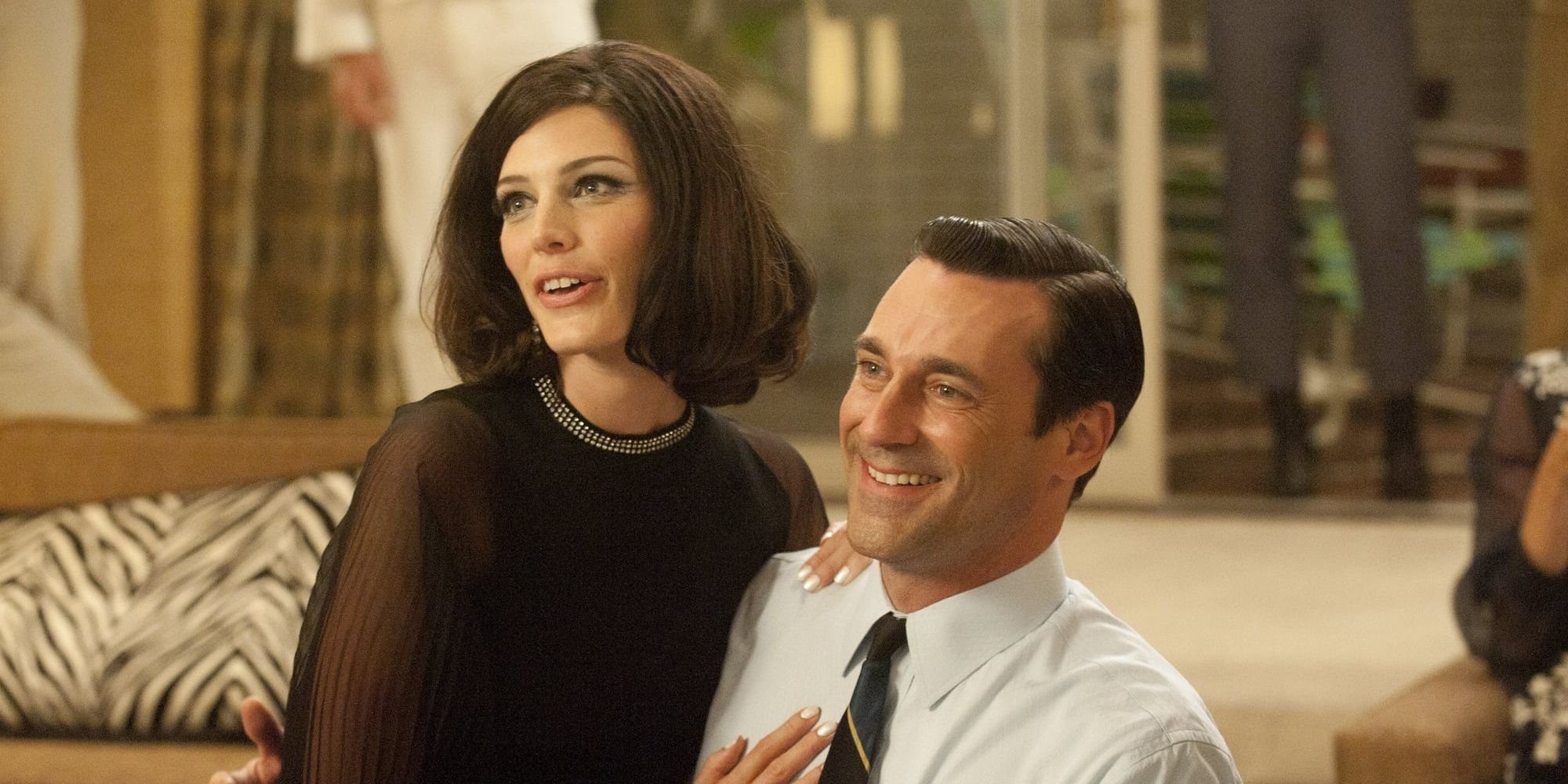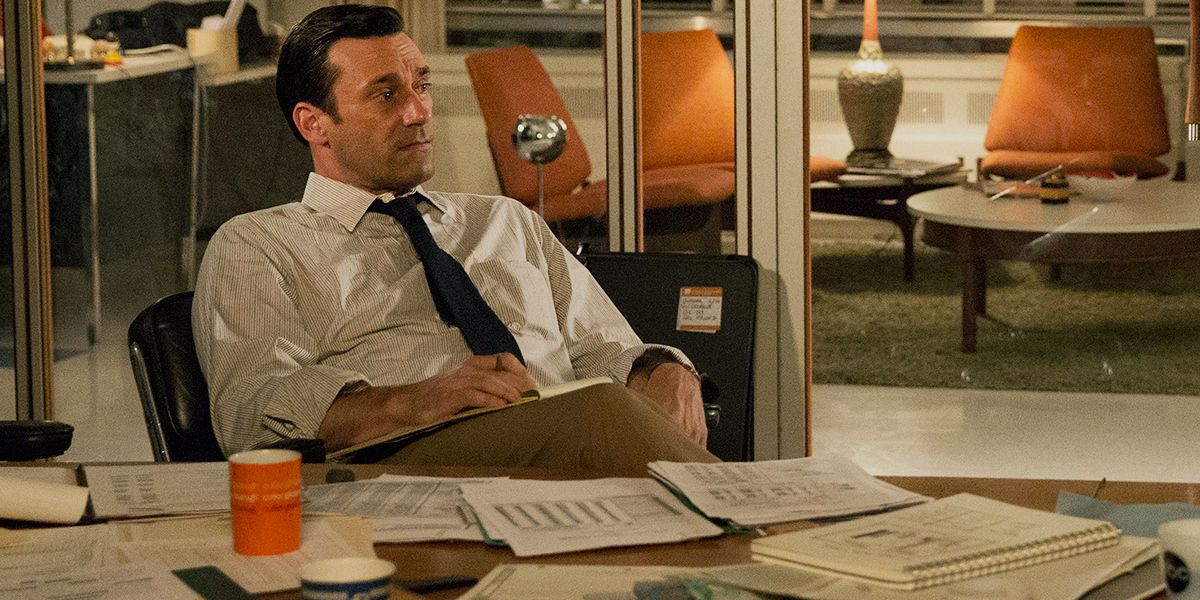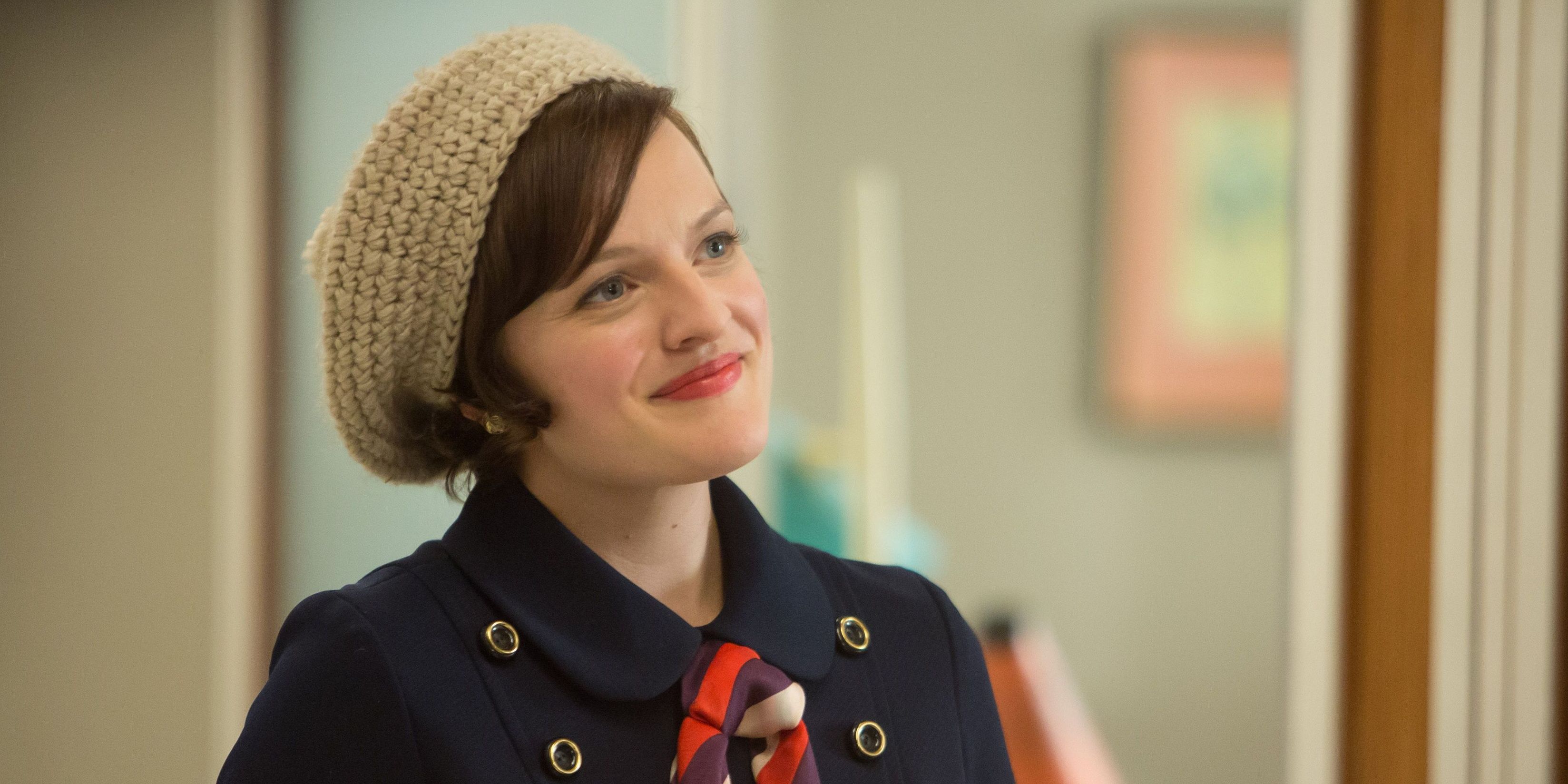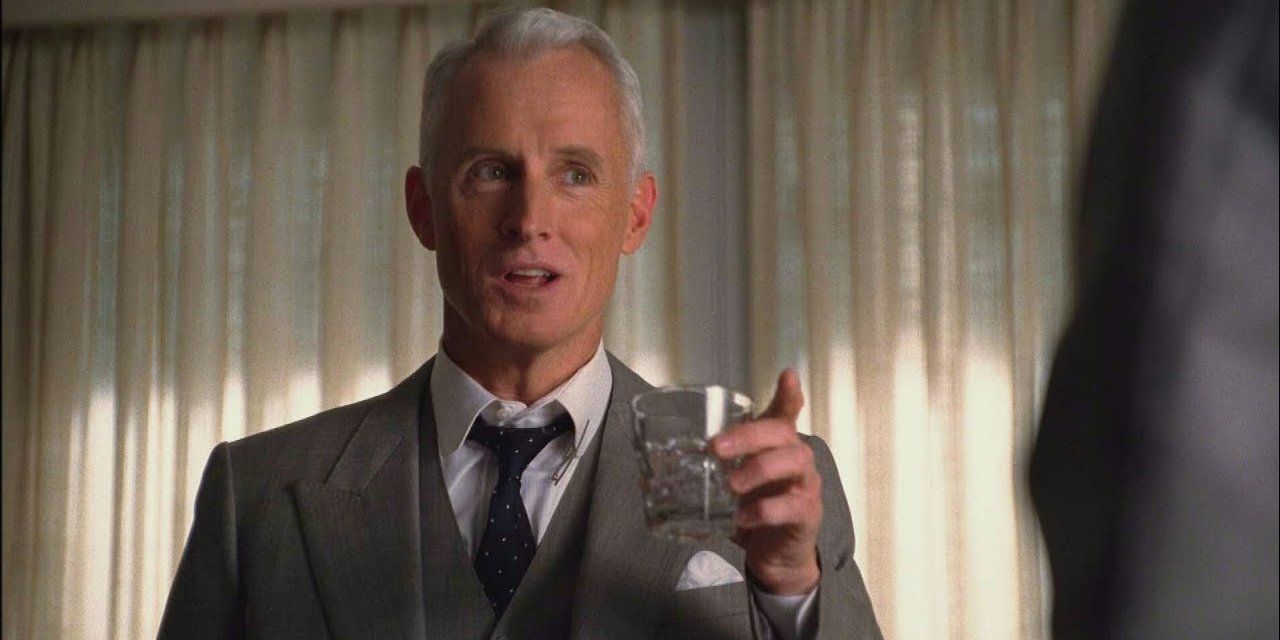Mad Men is renowned for its historical accuracy and period-centric drama. Not only does the show look fantastic (full of meticulously detailed sets, period costumes, and grooming), but it beautifully incorporates various historic moments into its plot. This includes the JFK assassination and The Beatles' iconic concert at Met Stadium. In short, it conveys exactly what it was like to live through the turbulent and convention-shattering 1960s.
That said, it doesn't exactly do everything right, and there are a few missteps along the way. Granted, these can easily be forgiven, but hey, let's have some fun!
These are five things the show got right about the era, and five things it didn't.
Right: The VW Ad Campaign
Mad Men incorporated an iconic advertisement into its first season - the Volkswagen "Lemon" ad. Nowadays, this ad is considered one of the finest advertisements of all time, as it effectively changed how cars were marketed. But back then, it was mostly seen as a resounding failure. And Don, a hotshot in the advertising world, was rightfully quick to dismiss its qualities. Matthew Weiner and his team were right to have Don hate the ad rather than be influenced by it because that was the prevailing attitude of the time. Everyone hated it. It was only over time that its reputation and influence were truly felt.
Wrong: Black Employees
In 2012, The Atlantic published a wonderful article where real ad executives pointed out some inaccuracies of the show. One of them was the introduction of Dawn and the use of black employees at SCDP. According to them, there were absolutely no black employees working in the New York advertising scene in the 1960s. In fact, "it was true in 1972, [never mind] 1966." That said, we can understand its inclusion in the show for dramatic and thematic purposes, so we'll let it slide!
Right: Historical Moments
Like we said in the intro, Mad Men wonderfully incorporates many historical moments into its plot, all of which were rightfully portrayed and reacted to. We had the women's reaction to the death of Marilyn Monroe, a major feminist figure of the time. We had the assassination of JFK, which was given its rightful monumental status (much to Roger's disappointment). We also had The Beatles' concert and their revolutionary album Revolver, the Memorial Day civil rights protest, and of course the Surgeon General's report on smoking, which proved disastrous for those who had to market cigarettes!
Wrong: Joan's Work Attire
You may have figured this out, but Joan's sensual work attire isn't 100% period accurate. Turns out, women didn't actually go to work in cocktail dresses in the 1960s. Whoda thunk?
Lola Cherson, who worked at Grey & Davis Advertising throughout the 60s, was particularly critical of this creative decision. She stated, "Joan coming into the office...in a dress you'd wear to a cocktail party - nobody dressed like that. You didn't show cleavage in the office. Someone must have been on the sauce when they filmed that." Ouch.
Right: People In The Ad World
The historical accuracy wasn't simply limited to the major, world-changing events. No, the story was even accurate down to the most specific of details. In one of the show's earlier episodes, which took place in 1962, Roger states that BBDO (Batten, Barton, Durstine & Osborn) had hired their first "negro." Many viewers would see this as a passing comment at worst, a brief, thematic look into the changing corporate landscape and withering social stigmas at best. However, BBDO actually DID hire their first "negro" executive in 1962 - Doug Alligood!
Wrong: Megan & Don
Megan Calvet becomes a major character in season four and eventually marries Don. This is cool and all, but them working together as boss and secretary would never fly in a real advertising agency. Lola Cherson states that married couples were not allowed to work together in the 1960s, and if they met at work and later decided to get married, one of them would have to leave the agency. As you can probably imagine, this usually meant the woman. To go even further, she says that Don promoting Megan is not only historically inaccurate but "ridiculous."
Right: The Fruit
It's amazing the lengths that Mad Men went to ensure period accuracy. One popular anecdote often passed around is that creator Matthew Weiner came into work one day to see shiny, plump, and oversized fruit (AKA modern fruit) decorating the set. He rightfully stated that the fruit of the 1960s wasn't as big or shiny, as produce was far more natural fifty years ago. He ordered the set designers to replace the modern-looking fruit with more "realistic" and "natural" looking fruit in order to ensure complete period accuracy. Now that's dedication!
Wrong: Peggy's Influence
This is another example of drama and theme getting in the way of historical accuracy. Mad Men is primarily a feminist show, as it largely details the second-wave feminism movement of the 60s and 70s. However, Peggy's influence in the advertising world is pure fiction.
According to Cherson, it was common to see women copywriters and it wasn't rare for women to hold significant and important roles in advertising. Some were even the heads of their own agencies! When female advertisers like Shirley Polykoff were already quite famous by 1960, it's hard to believe Peggy making such a monumental statement within the advertising field.
Right: The Props
It wasn't just the set design that Weiner was obsessive about - it was the props as well! Weiner and his team went to great lengths to procure period-specific props. For example, the team managed to procure an authentic Xerox 914 copier, which revolutionized document copying in 1959. Designer Dorothy Tharpe also created authentic-looking Roly Poly tumblers and 60s era Dixie cups. Finally, Dunkin Donuts provided some boxes they used in the 1960s for a specific episode in which Cosgrove lands a lucrative deal with the company.
Wrong: Drinking At Work
Mad Men quickly became famous for its intimate look into 60s corporate culture. And yes, many people began questioning if employees actually guzzled down whiskey in the office. The answer is a resounding 'no.' Well, sort of. Cherson admits that executives often took extended lunch breaks, which often meant numerous alcoholic drinks. So yes, it wasn't rare for an executive to be under the influence at work. But as for physically drinking in the office? "It's not true there was...drinking in the office. People didn't get loaded in the office with booze."

